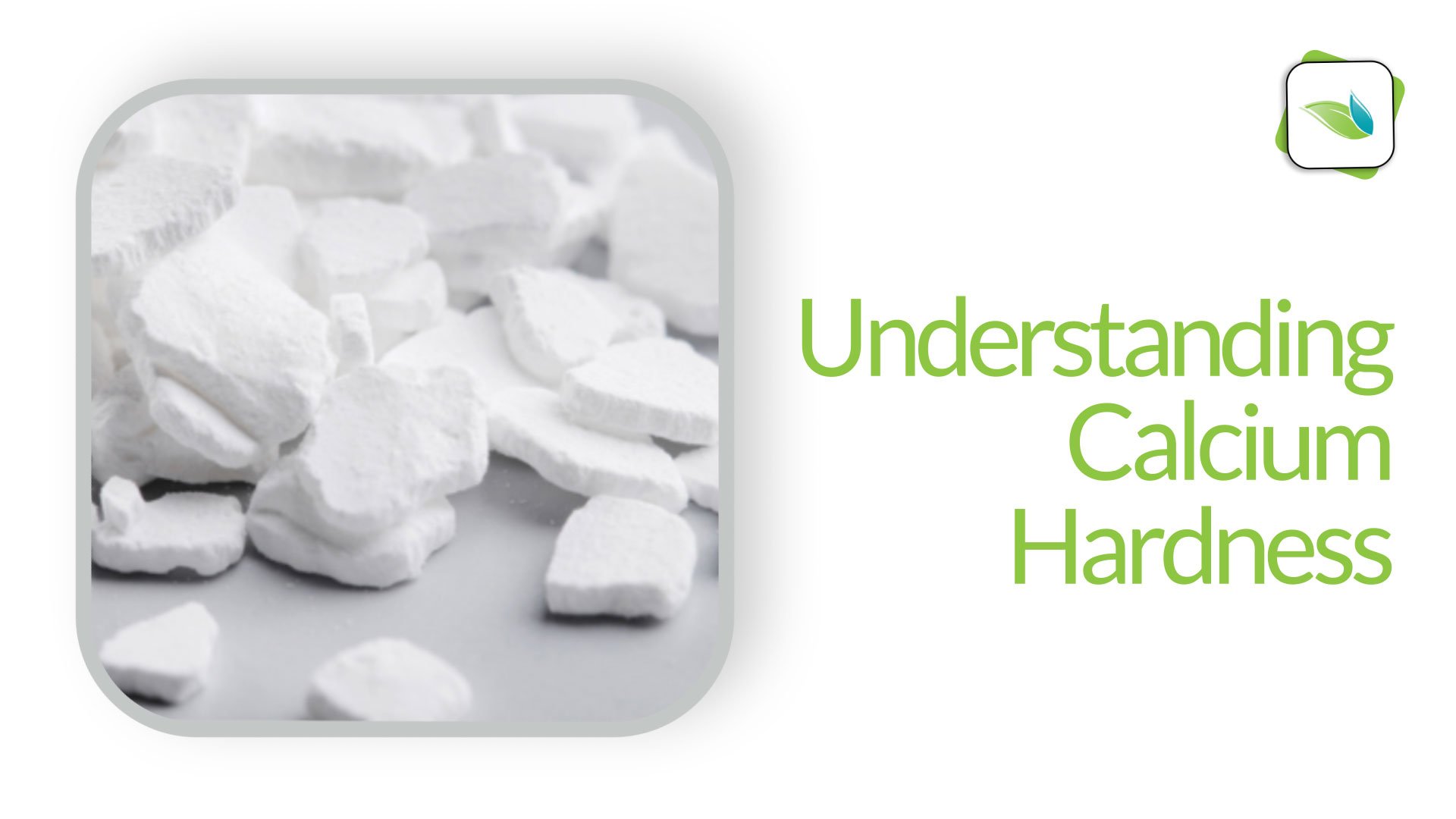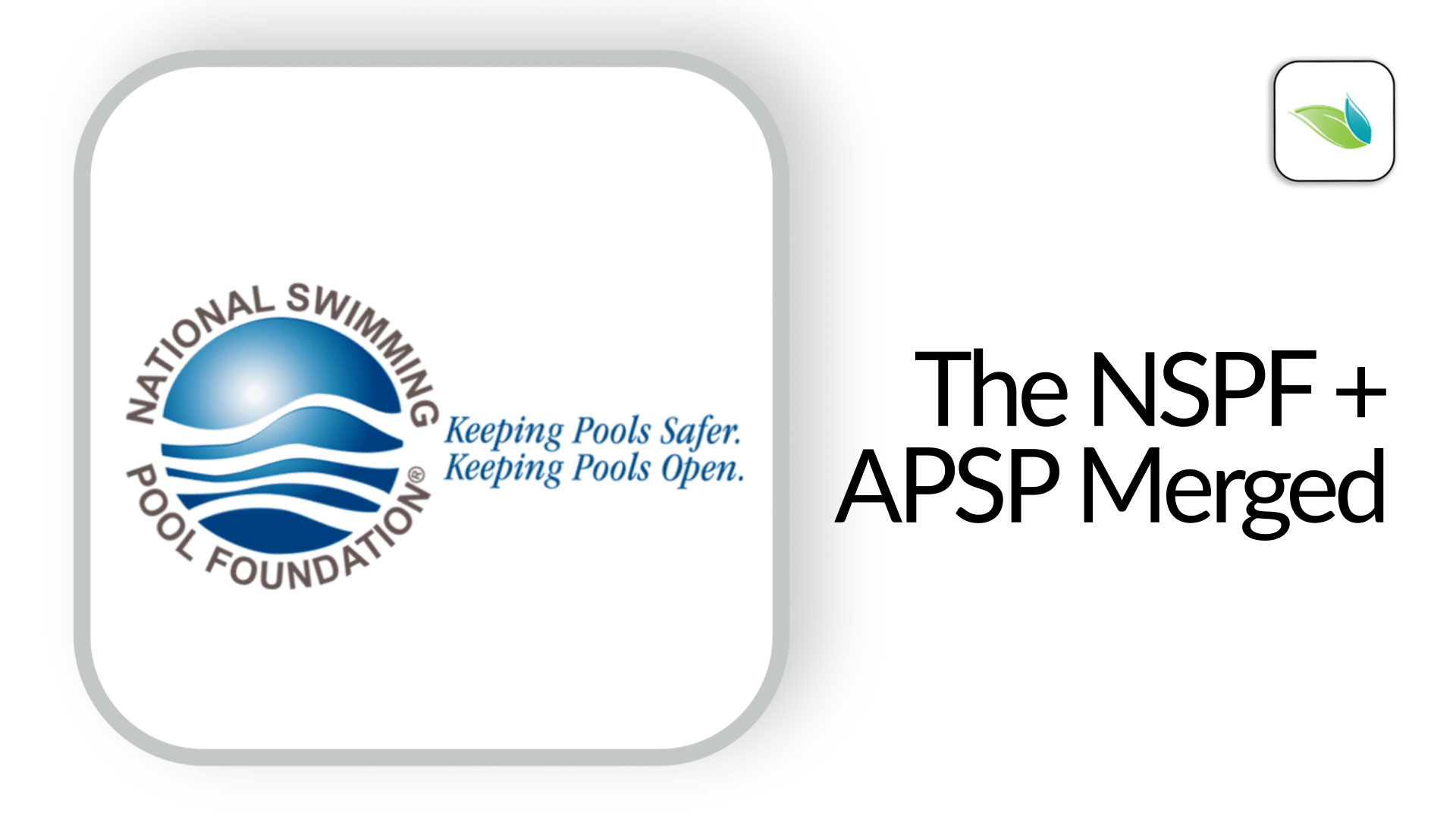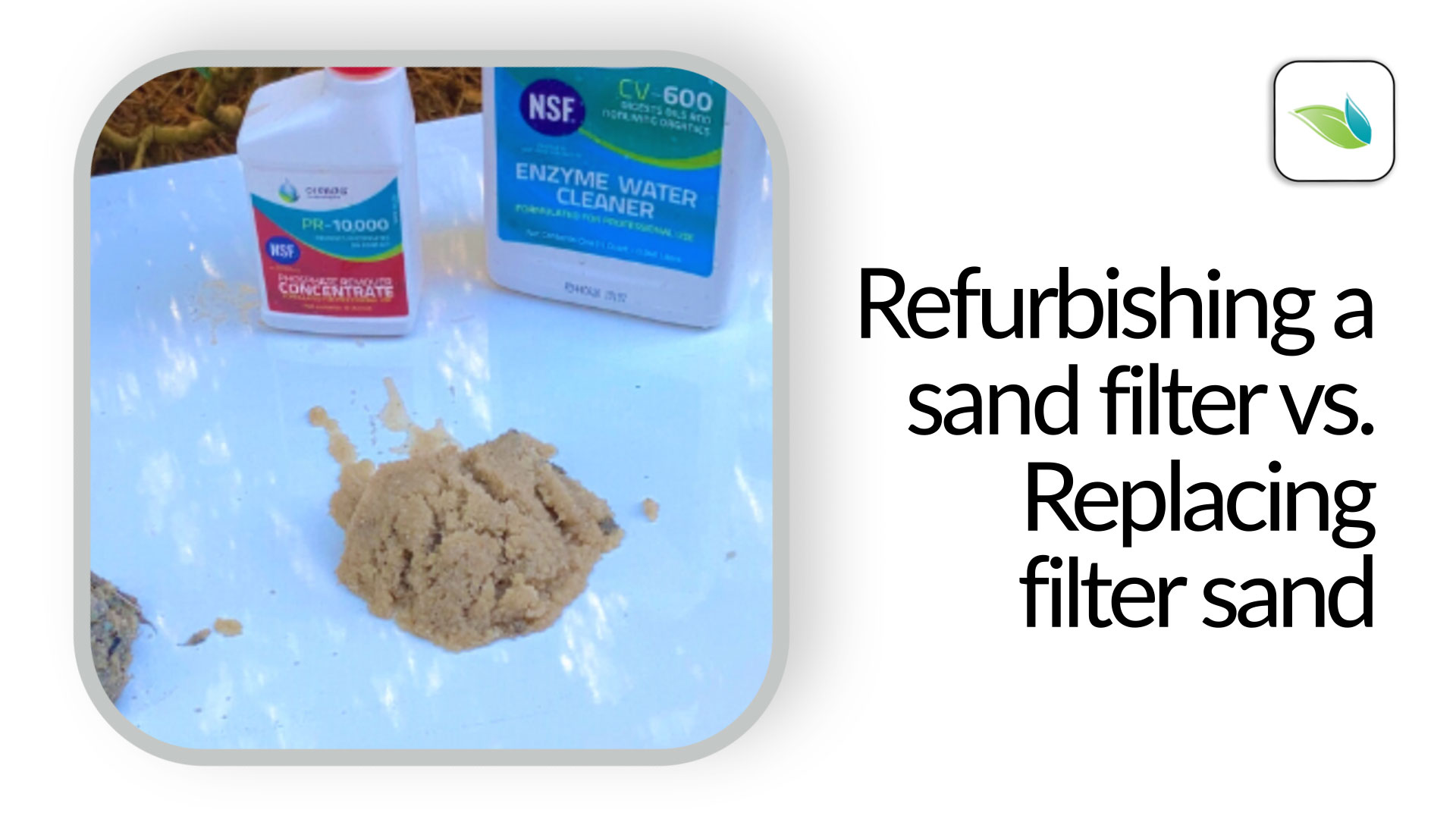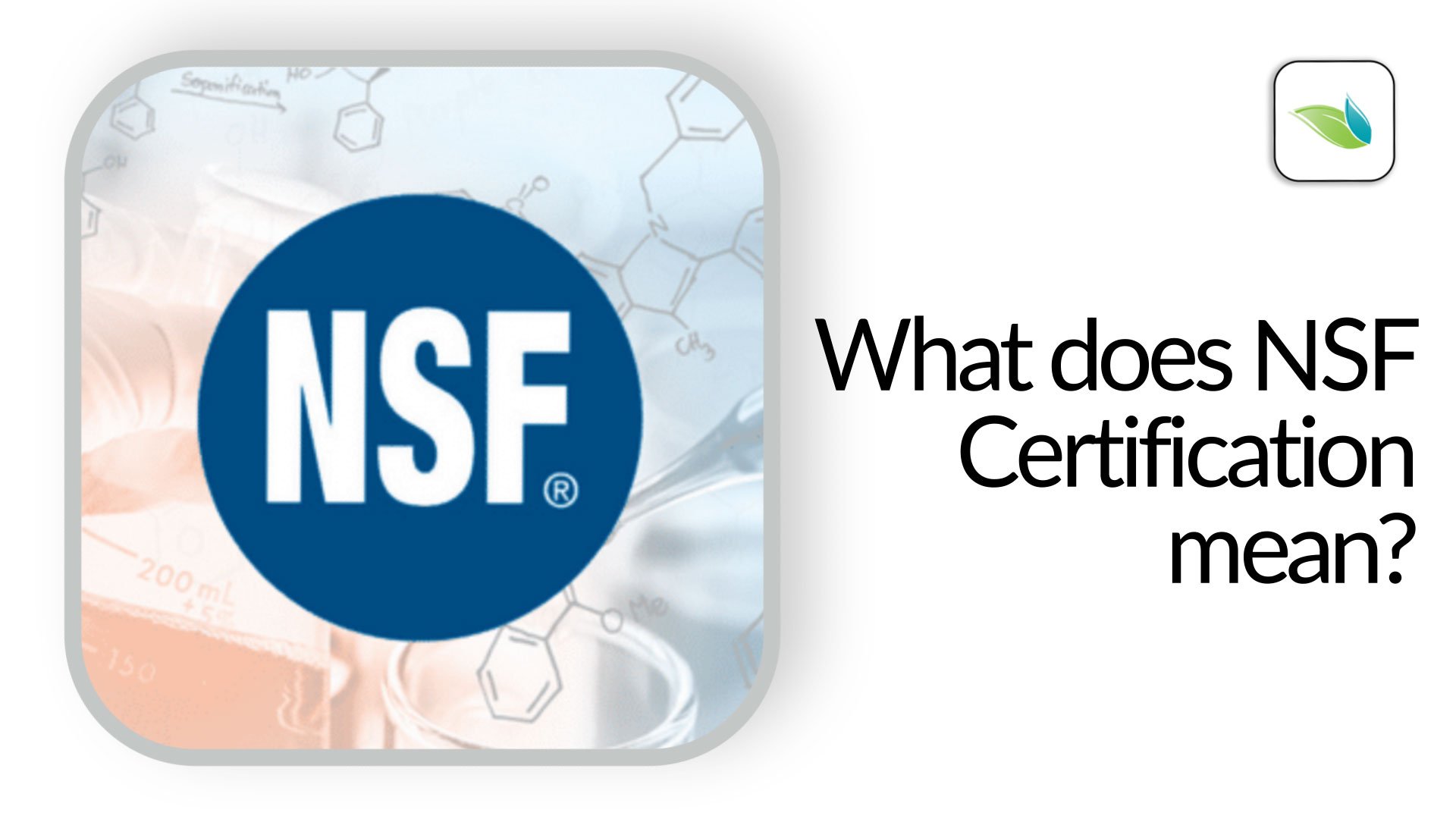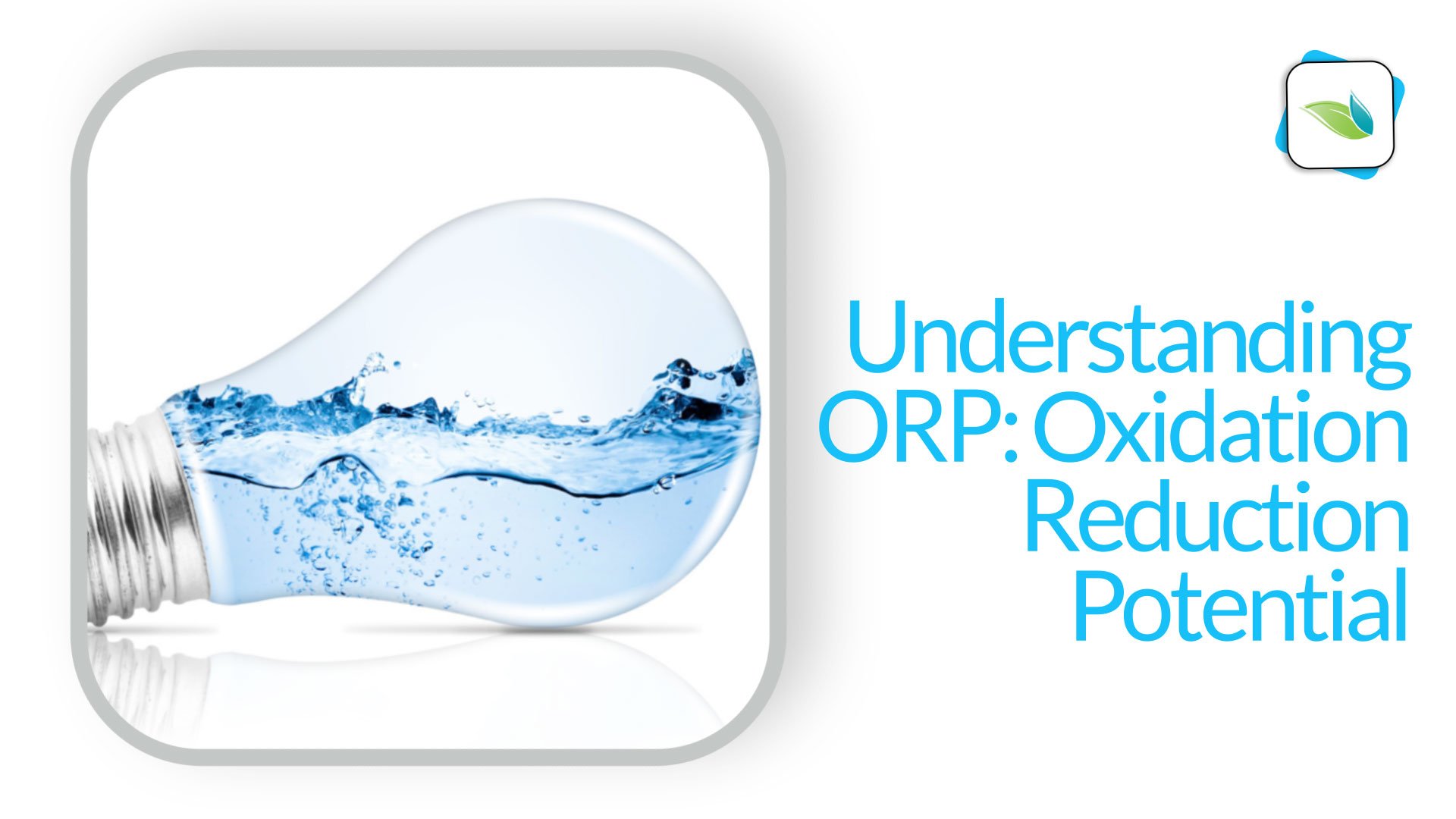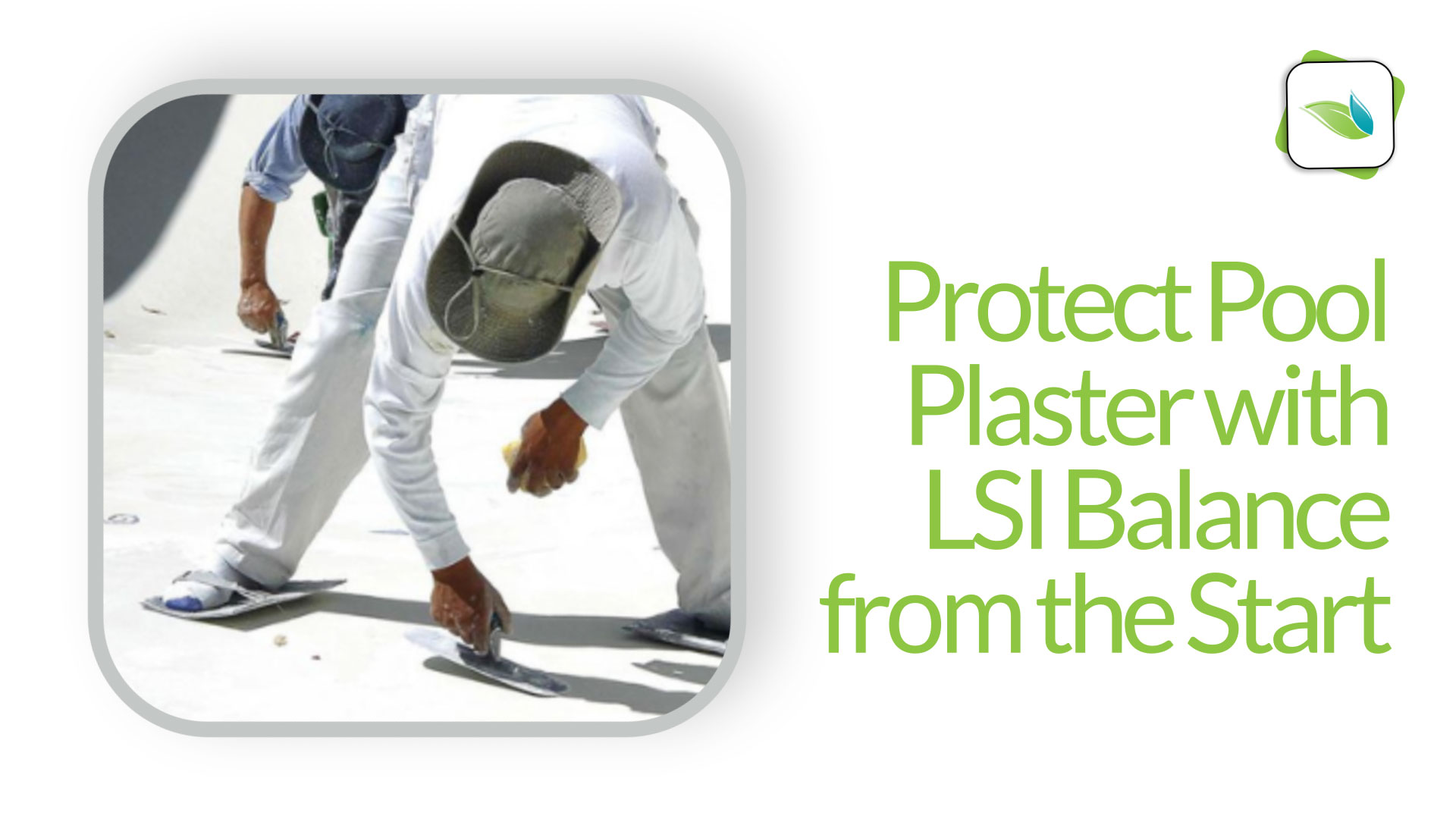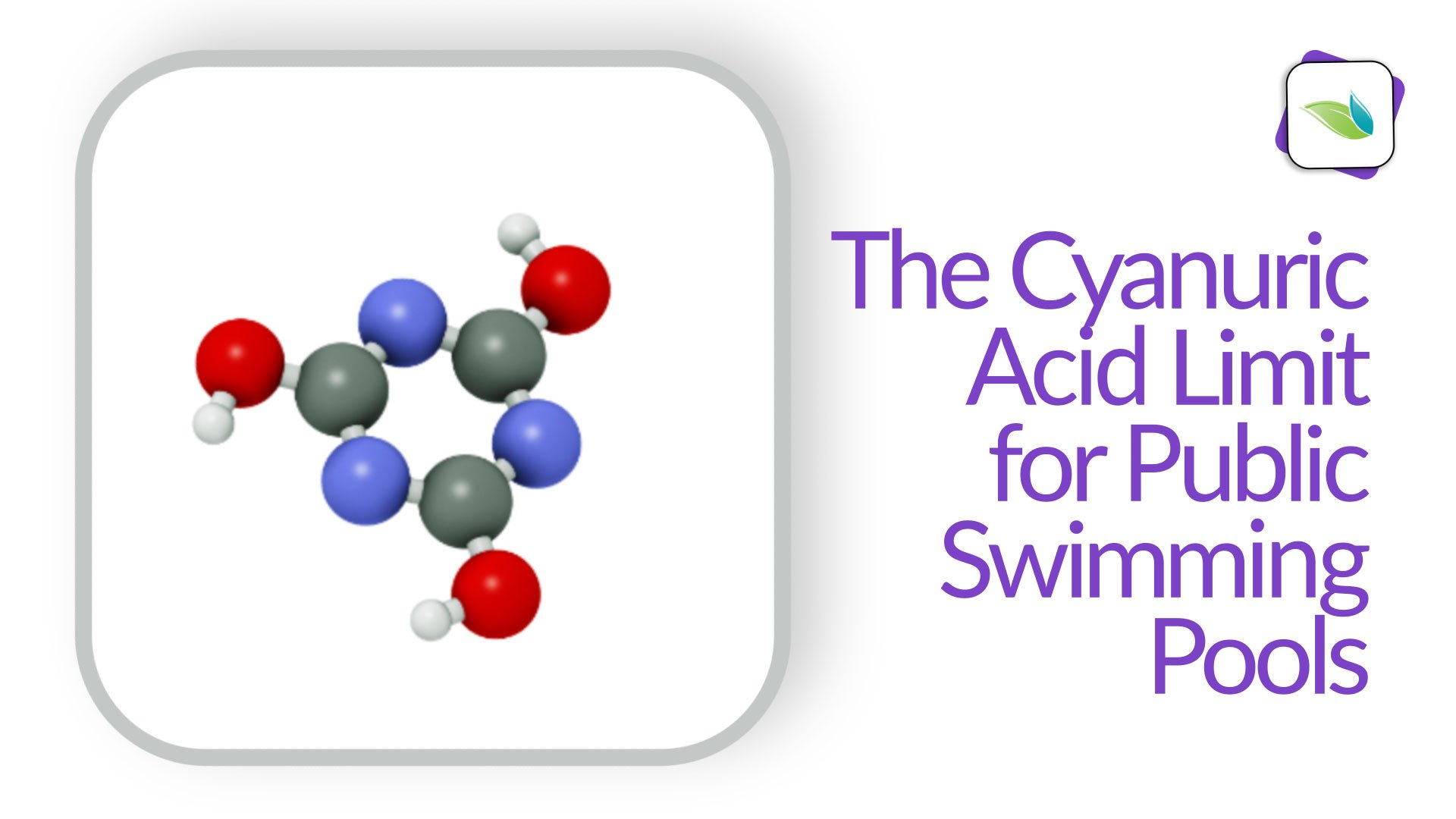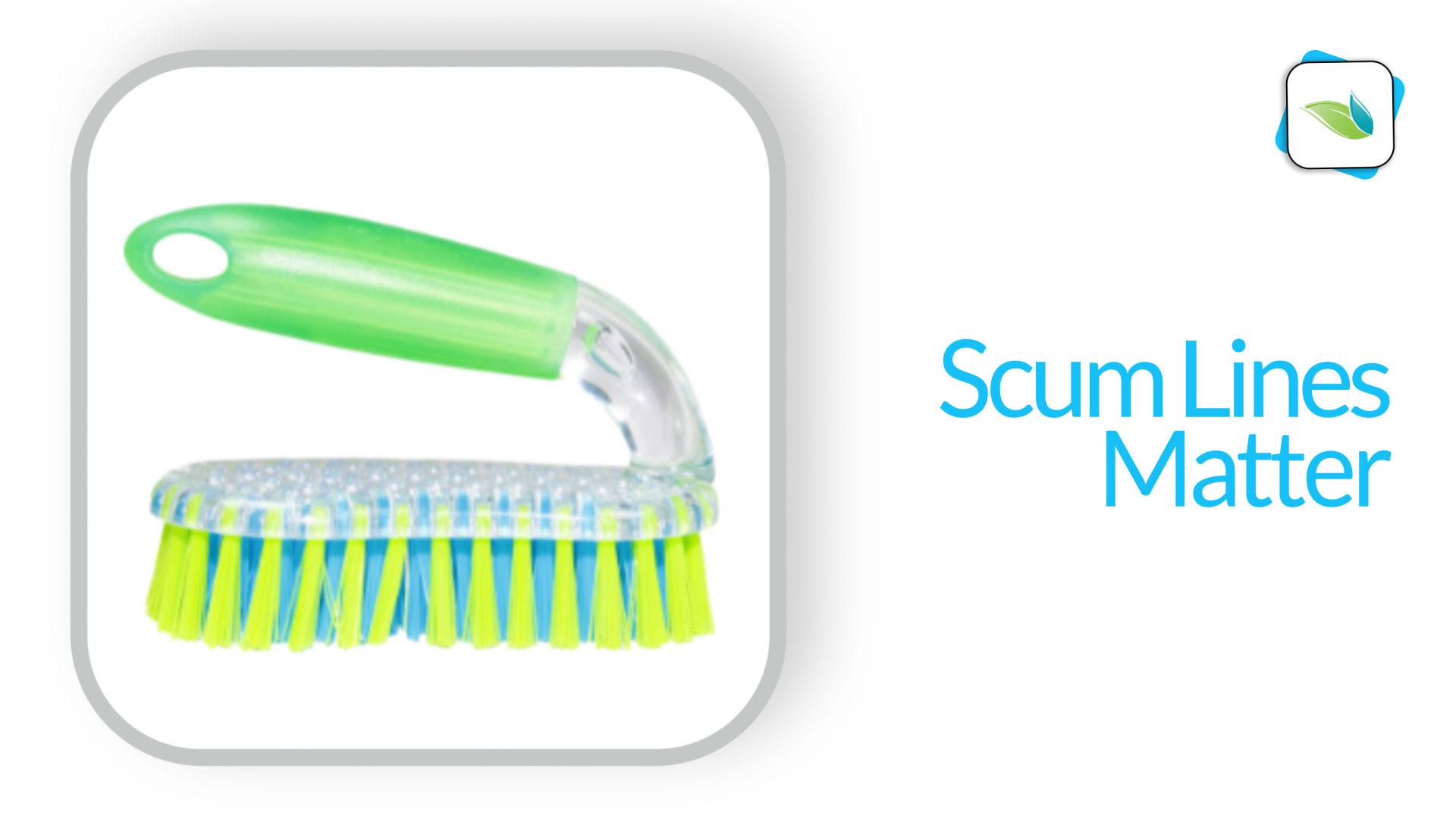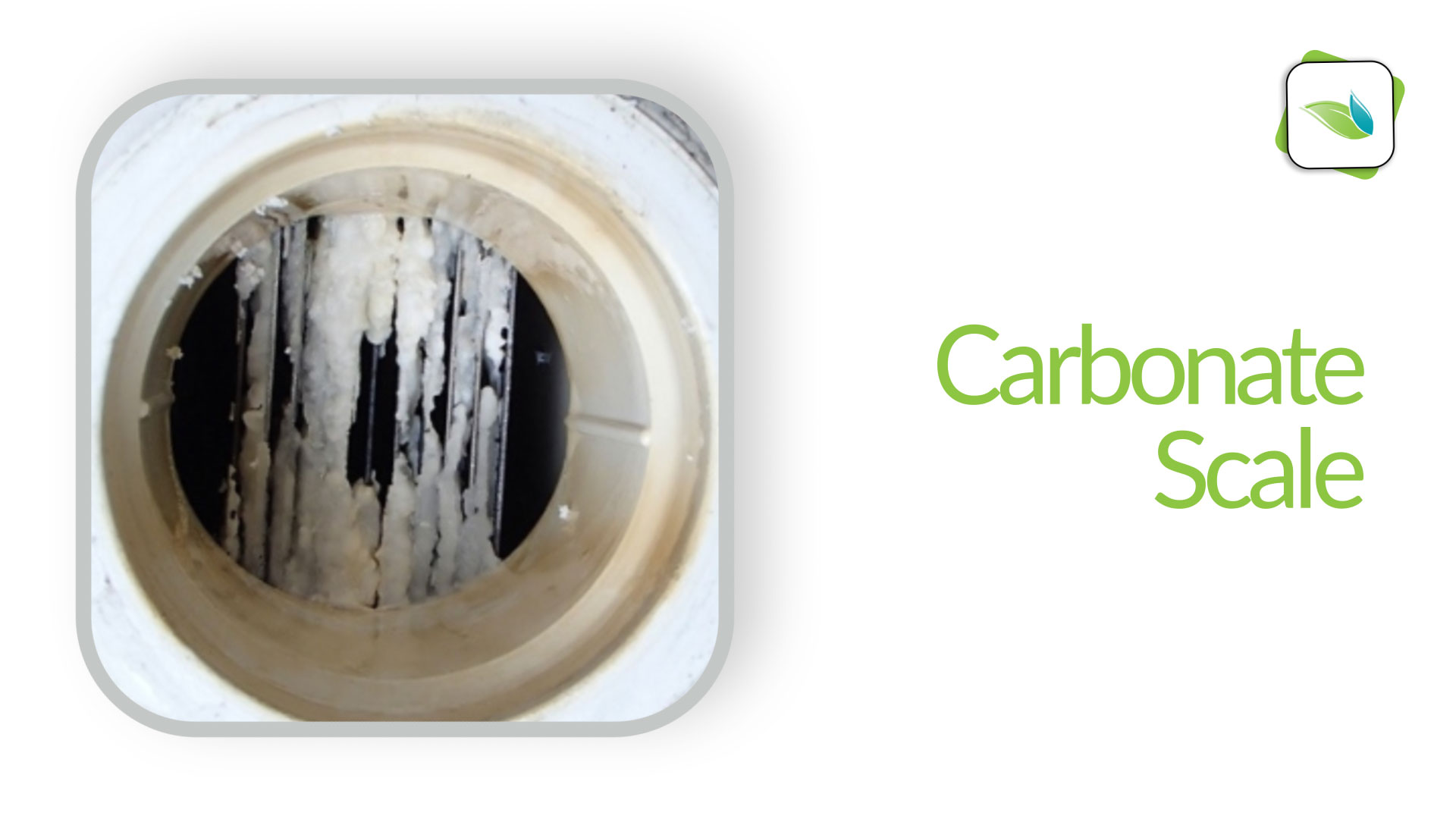Scum lines are exactly what they sound like: lines of scum that form around the water’s edge, adhering to tile, grout, gunite and even stainless steel. By scum, we mean carbon-based bather waste (such as body oils, sweat, grease etc.), as well as body products (like deodorant, perfumes, sunscreen and lotions). If you are unfamiliar with scum lines, ask any lifeguard. They are often assigned to scrub them off with a brush and cleaning gel, and it takes a good bit of time and labor. Not to mention, a lot of cleaning products.


